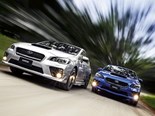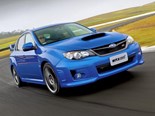Subaru WRX & STi: Buyers' Guide
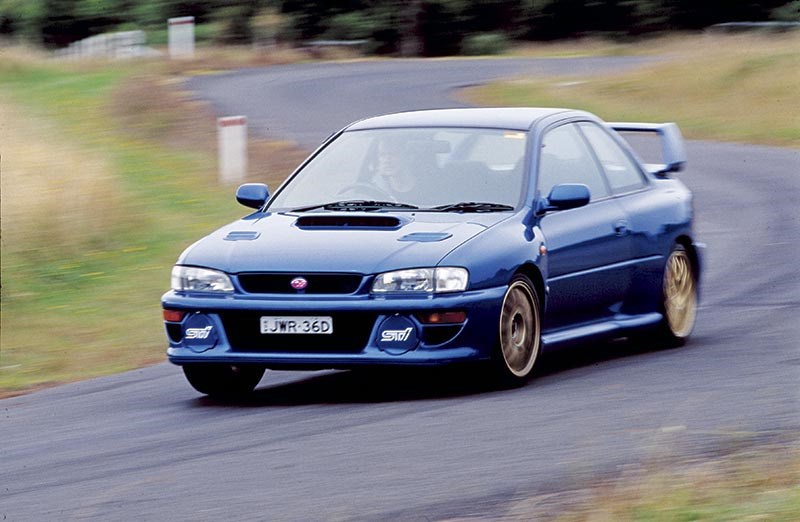 Subaru WRX & STi
Subaru WRX & STi

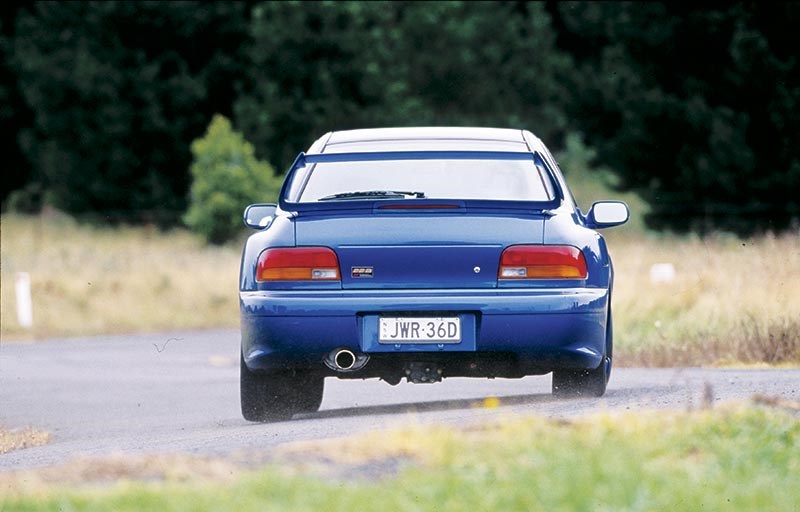 Subaru WRX & STi
Subaru WRX & STi

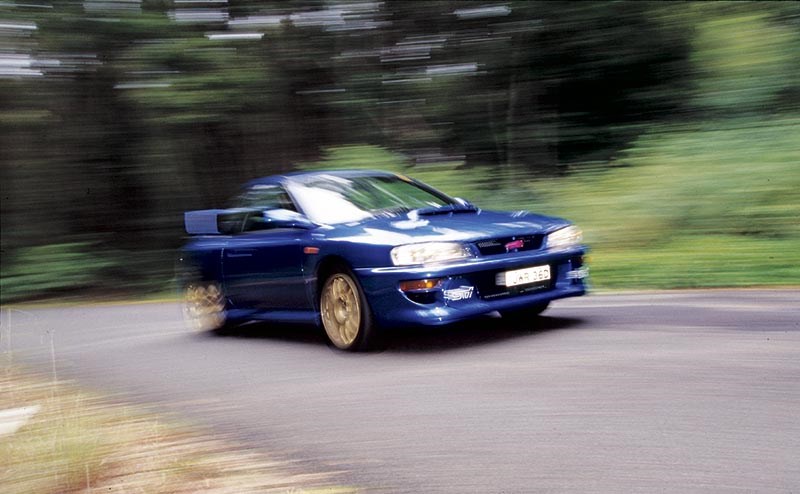 Subaru WRX & STi
Subaru WRX & STi

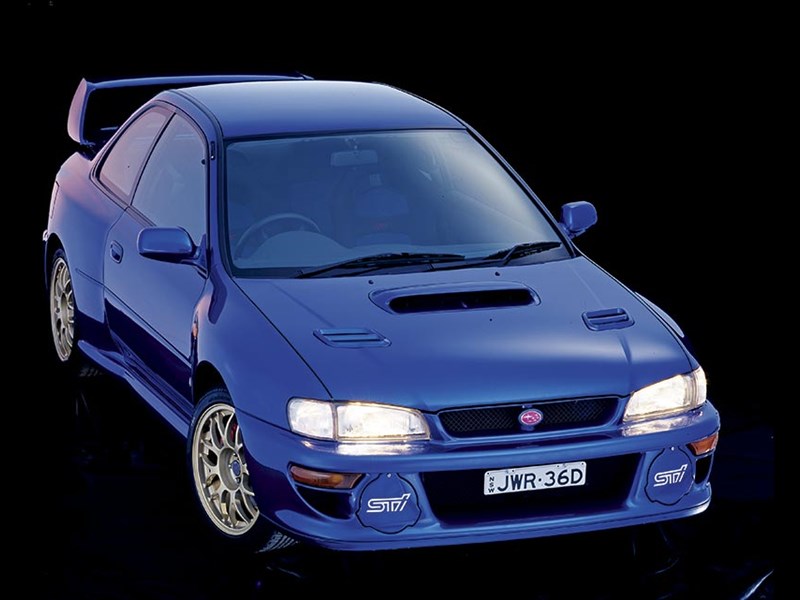 Subaru WRX & STi
Subaru WRX & STi

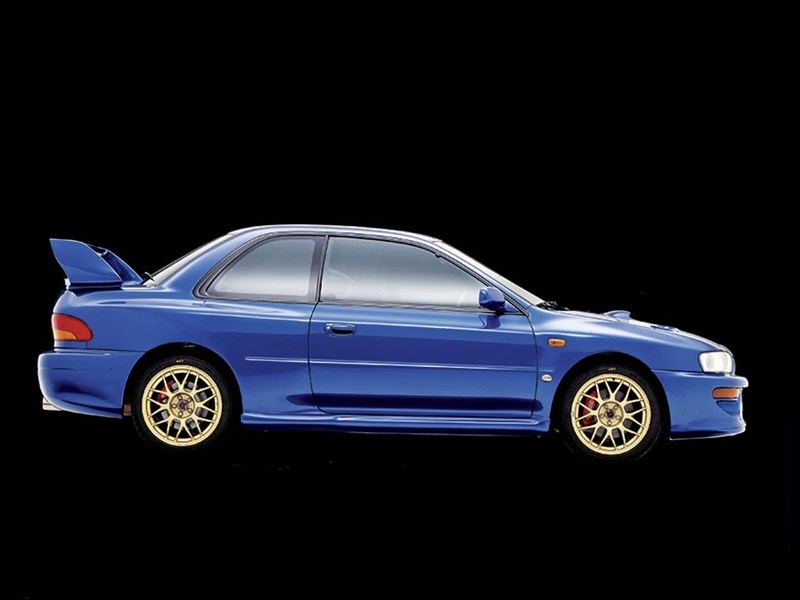 Subaru WRX & STi
Subaru WRX & STi

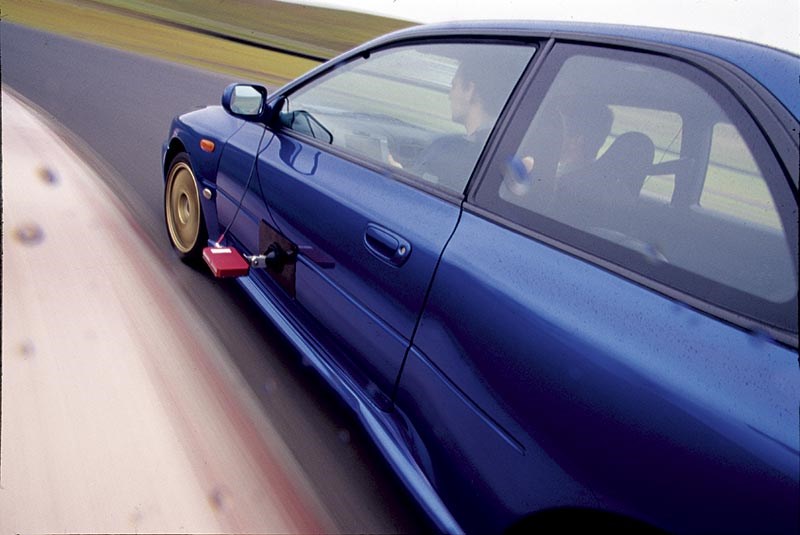 Subaru WRX & STi
Subaru WRX & STi

 Subaru WRX & STi
Subaru WRX & STi
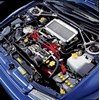
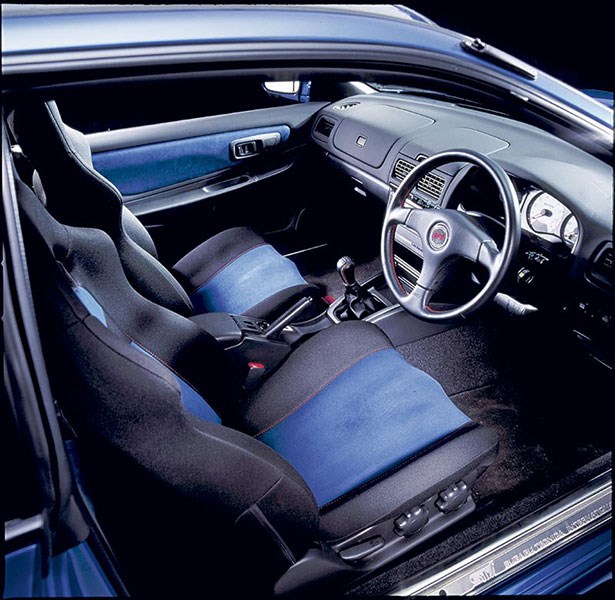 Subaru WRX & STi
Subaru WRX & STi


|
|
Subaru WRX & STi
|

|
|
Subaru WRX & STi
|

|
|
Subaru WRX & STi
|

|
|
Subaru WRX & STi
|

|
|
Subaru WRX & STi
|

|
|
Subaru WRX & STi
|

|
|
Subaru WRX & STi
|

|
|
Subaru WRX & STi
|
'Iconic' is a well-used term, but it's one that certainly applies to a certain blue and gold rally rep - the WRX...

|
|
Subaru WRX & STi
|
Subaru WRX & STi
Although few realised it back in 1992, the dumpy, unremarkable Subaru Impreza had all the right basics for a brilliant rally car. It was smaller and wieldier than the previous Legacy, the all-wheel drive chassis and low centre of gravity from the flat-four engine were coupled with a lightweight body and an upright glasshouse that afforded brilliant visibility. All it needed was a bit more juice under the bonnet and that duly arrived in the shape of the turbocharged WRX versions.
Subaru adopted the name "WRX" for World Rally eXperimental, or World Rally Cross in some markets, because the new model borrowed heavily from rally-inspired technology, including beefier all-wheel-drive, stiffer suspension and those forced induction powerplants.
In 1994, the even hotter Subaru Tecnica International (STi) versions of the WRX were launched in Japan with more focused engines, transmissions and suspensions. The STi models were the basis for many successful privateer rally cars and were hugely popular among street racers. Trouble is, they were initially only sold in Japan.
The Impreza has been the recipient of a continuous programme of development throughout its 23 years, with at least seven identifiable WRX versions. Evolutionary running changes were occurring as competition-designed parts were fed into the production line. Initially the WRX hatch made significantly less power than the 4-door: 176.5 to 160kW, but the STi made 180kW. A year later, the WRX was making 191kW and needed bigger wheels and vented rear brakes, while the STi was pumping out 202kW and that still from essentially the same flat-four cylinder, two-litre turbocharged engine.
UK race and rally car builder Prodrive were Subaru’s partners for 18 years and ran their rallying efforts, culminating in three constructors’ and three drivers’ world championships.
A late-1996 generational change saw the WRX’s power quoted at 206kW but it was really more, hobbled by a gentleman’s agreement to restrict power output claims. Prodrive started using the two-door coupe for its rally cars because the shell was inherently stiffer.
Various derivatives and limited editions became available, with increasingly serious competition intent: sound deadening material was stripped out, lightweight glass was fitted, roof-vents and map-lights were added and even a water-spray onto the intercooler was offered. The default colour became the rich metallic blue of the rally team, along with gold wheels.
In 1999, Subaru imported a run of limited edition STi two-doors. Similar to the two-door Japanese-market Type R and its UK equivalent, the P1, only 399 cars made it to Australia and they remain one of the hottest tickets among marque enthusiasts. The hottest of the lot? That would be the iconic wide-body 22B, made in 1998. Of the 424 built, 400 cars stayed in Japan and were all sold within hours; Three were prototypes, 16 went to the UK and just five came to Australia.
From 2000 to 2007 there were ongoing tweaks to the WRX and STi models, including many limited edition versions with steadily improving content, power and handling specs. Electronic Stability Control was just one of the additions. A 2.5-litre turbo engine was introduced, making 169kW but also a useful 320Nm and a six-speed manual transmission became available on STi models.
For Gen Three in 2007, the WRX’s power was boosted to 198kW with the fitment of a new IHI turbocharger, but at home in Japan a manic STi was sold with a two-litre engine making 227kW, while export markets got the 2.5-litre making six Kilowatts and 15 Newton-metres less. Yet the STI was heavier, thanks to more robust transmission, rear differential and suspension components. Taking this cue, various importers created a flurry of special editions: in the UK, Prodrive built 243 and 279kW (330 and 380 hp) versions, but only the lesser-powered model actually went on sale. Seventy-five copies of a Cosworth-tuned WRX making 294kW (400hp) went on sale in late 2010 in the UK with components from Bilstein, Eibach, AP-Racing and Recaro.
The current fourth generation Impreza appeared in 2011 but new WRX and STi models didn’t surface for a couple of years and, when they did, marked a distinct shift away from their road car parent: only the front doors, boot lid and interior are common, with the performance models getting unique rear doors and front and rear bodywork.
Perhaps Subaru as a whole suffered as a result of the WRX’s success. For years it tried to convince customers that it sold something other than ballistic rally replicas, with limited success. It was only through reinventing itself largely as a light SUV manufacturer that the company managed to slip the shackles of the WRX.
A nice problem to have? Maybe, but the WRX has, thus far, enjoyed a stay of execution. It’s overshadowed these days by slicker and more efficient European superhatches and even looks a bit of a blunt implement in showrooms next to the lithe BRZ coupe. It remains off the pace in terms of interior quality and driveline technology but drive one and you’ll soon appreciate why there’s nothing else that quite compares.
Unique Cars magazine Value Guides
Sell your car for free right here
Get your monthly fix of news, reviews and stories on the greatest cars and minds in the automotive world.
Subscribe

.jpg)







